Spring arrives with death still on her. It hurts to be born. - Emily Kendal Frey, from Sorrow Arrow.
Last week, just as the sun was setting, I mixed up a batch of blue powdered plant food in my watering can and fed my blood-red lilies, all six plants that I’ve been growing in my yard for the past eight years. One large bush under my front window, and the other five in a row running down the side yard, bordering a walkway the entire length of my house. Every couple of years, the bushes grow so large, my husband and I dig them up, divide them and replant new ones wherever we can find an empty spot in our postage stamp sized yard, which sits on a busy corner in our neighborhood. When they bloom, these lilies are magnificent. Within hours of being fed, their petals deepen to a darker, more vibrant red and spread out. The blossoms are exotic, large, like pomegranates and they do, indeed, look good enough to eat. I poured the remaining mixture on the other flowers in my garden, put away the watering can and gloves, wound up the hose and went indoors. That evening, rain was in the forecast. I hoped it would be a slow steady one, the kind my flowers could drink for hours. But that’s not what we got; instead, the sky broke open and dumped rain relentlessly for more than an hour. Watching out the window, I worried the downpour would wash away the food I’d fed the plants. The next morning, before breakfast, I rushed outdoors to see how my flowers fared in the deluge we had the previous night and what I discovered caught me by surprise.
The lily blossoms were gone. Every single one, disappeared.
Each flower—there were about twenty -five on each bush—had been broken off. Not broken at the stem like someone had cut them or pulled them. They were snapped right off at the base. What, I wondered, could have happened. The previous night’s storm had been pretty wild, with heavy rain and gusting wind. But this was not caused by the storm. There were no blossom heads lying on the ground around the lily bushes. They were simply gone. Missing. Even some of the buds that were about to open had been snapped at the base and left to hang on the plant.
I waked around the yard, inspecting the other flowers to see if they’d suffered any damage. The zinnias were fine, standing straight like soldiers in the sun. Daisies were still intact, blooming in bunches, and the hydrangeas were untouched. None of the blossoms had been bruised and nothing else was broken. Just then, my husband came out to find me examining my flowers and as he crossed the yard, I looked up and asked him, “What could have caused this? Why have only my lily blossoms been broken off and taken away?”
My love of flowers began in childhood. As a little girl, flowers sparked wonder and awe in me each time I was near them. I loved the colors and fragrance of roses, the whistle-shape of snapdragons, the pointed petals of my Aunt Susie’s dahlias, the delicate smell of sweet peas my grandmother grew in her garden and gathered into tiny bouquets she sat on her piano. Flowers did more than enchant me; they seemed to carry a message from the universe, a secret they wanted to tell me. Maybe I was drawn to them because they brought me into a world that was very different from the hot desert where I lived. As a young child in West Texas, I suffered a series of sudden losses when my sister died of cancer and my father disappeared. Stunned by grief, I told myself the desert wind had scooped them up and carried them away.
When my mother remarried a year later and moved me away from the only home I’d ever known, I felt myself being disappeared. We crossed the Atlantic Ocean and moved into a house overlooking the North Sea in Norfolk County, England. I felt more lost than ever in the big old, drafty house, wandering up and down the stairs through dark hallways and into large rooms, heated only by fireplaces. From the second story window, I’d watch the sea, wondering, at the age of six, how I’d ever be able to get back home to my family.
One summer morning, my mother left me alone in the house while she went for groceries. When an hour passed and she hadn’t come home, I walked outside, crossed the yard and screwed up my courage to knock on the door of the neighbor who lived next to us. For several days, I had peeked over the top of the fence that separated our yards, watching as her children played in the back yard. Something told me she’d be a safe person to turn to for help. She was. Her warm smile when she opened the front door affirmed my initial impression. “Come in,” said Mrs. Wilmington. “We’re about to have tea in the garden.” I followed her through the pale green carpeted living room, across the dining room, past ornately carved Queen Anne chairs and through the door.
Standing at the threshold, my mouth dropped open at what I saw on the other side.
It was a beautiful English garden.
The yard opened up into a circular bed of lush grass, bordered with towering, pink foxgloves, and purple delphiniums supporting pastel tea roses, and lavender bushes. She led me outside where she introduced her little ones, Katherine and Georgie—who was barely walking. I stood still, trying to orient myself to the serene setting. Compared to the flat, wide-open desert of West Texas, this spherically shaped area felt like a safe haven where the outside world could not reach me. But more than that, the garden had an ancient feel, a sense of permanence as though nothing would disappear. In this garden, everything was alive. Children, birds, cats, butterflies, moths and other beings that seemed to speak to me.
I stayed for a couple of hours, playing with the children and their kitten, touching and smelling the flowers, watching small birds flirt in the birdbath and sharing sandwiches and cakes served for tea. For the next few months, I’d wander over to her house several times a week to spend time with her, sitting in oversize lawn chairs in the sanctuary of her garden. I felt secure in the shelter of this environment, and it gave me the grounding I needed to cope with my family’s chaotic life. Little did I know that the seeds were being planted in my soul for the unfolding of my story of loss and grief in a way I could not yet imagine.
As an adult, I planted my own gardens, growing vegetables, herbs and, of course, lots of flowers. Planning my garden was my winter/spring ritual. I studied gardening books to learn how to cultivate the ground by adding natural elements to build a healthy medium for the plants. As the plants grew, I welcomed the critters, even those who attacked my plants or ate them. I created spaces with water and cover for birds, cooking up sugar water for hummingbirds that came in the late spring. But it would be years before I fully understood my deep connection to plants and the wildlife who visited my yard.
In her book, The Light Eaters, author Zoe Schlanger writes about the research of botanists who study how plants alter our moods by eliciting a general sense of well-being, while also creating a defense system of protection. They have discovered, plants have the power to “respond to assaults from leaf-munching caterpillars by changing their own chemical composition to repel or even poison the attackers. They can then pump scents into the air to warn other plants to armor up as well or to attract predators who feed on the pests.” When I read this, I wondered if, as a child, I had perceived the ability of the plants in Mrs. Wilmington’s garden to signal and communicate. As I remembered the experience, I thought it possible that all the beings in her garden, human and nonhuman had collaborated in some way to convey peacefulness and safety. As a lost child in a frightening world, I would have felt this even if I had no words to describe it.
Botanist Olivier Van Aken of the University of Australia, who studies the ways plants respond to touch, writes about their ability to surveil the environment for changes in weather conditions, a quality that would have been very assuring to a young girl who experienced traumatic losses while living in the harsh climate of the West Texas desert. Like many young children, I had attributed my losses to external causes and in my case, it was to the powerful desert wind and the searing sun.
The morning after the rainstorm hit my flowers, I recalled the visits to my English neighbor’s garden, realizing I felt the same sense of connection to my lilies that I had felt to the plants and animals in Mrs. Willington’s yard. It was a mystical link to a place and time long ago, but it was undeniable. Had my lilies, like the plants in her garden, been trying to convey something to me? When I first planted them, I read about their elegant and graceful appearance as a symbol of renewal and transcendence. Often associated with the Virgin Mary, lilies are considered sacred in many cultures, reminding us to embrace change, by leaning into the beauty of nature. Still, there seemed to be more to our relationship.
Perhaps, I thought, it was something about their resemblance to pomegranates. Afterall this fruit with the saturated color was often linked to fertility and the cycle of life. In the myth of the goddess Persephone, who was kidnapped while picking flowers and taken to the underworld by Hades, pomegranates played a pivotal role in Persephone’s fate. When she was abducted Persephone’s mother, harvest Goddess Demeter, fell into such deep grief over her daughter’s disappearance, she neglected her duties to care for the earth, leading to the death of all the crops and a famine. Under an agreement between her father, Zeus, and Hades, the young goddess was finally released, leading Demeter to restore the earth. But when freed, Persephone ate a pomegranate, which was considered the food of the dead and she was immediately returned to Hades for six months.
Most consider this myth to be an explanation of the seasons of the year but, Edith Hamilton writes in her 1940 anthology, Mythology, it is also a story about a grieving mother and lost daughter which reflects the capacity for expressing compassion to others during times of sorrow and loss. As soon as my eyes fell on her words, I felt a surge of pain from the childhood losses that occurred in my early life. Then I understood my response to the disappearance of my lilies; it had triggered the memory of the sudden departure of my sister and father Now, I had an ancient story that gave me the words to express my feelings.
On the morning my pomegranate-like lilies disappeared, I sat at my kitchen table looking over home security video and discovered the reason for their demise; the video captured a clear image of two deer standing at the bushes eating my flowers. It had not been the storm nor anyone seeking to harm my flowers; it was the deer who lived in the forest that surrounds my house who had come into my yard to eat. They crossed the border that separated our lives, and in so doing, blurred the lines between humans and nonhumans. Suddenly the disappearance of my flowers felt different; this was the act of two deer, or more-than-human beings reaching across the threshold. The video was testament to my interrelationship with the deer and our shared journey in the web of life. We both loved the lilies.
As Kate Lebo writes in The Book of Difficult Fruit, “The earth where we raise our crops is the dirt where we bury our bodies. Pomegranates represent this same contradiction, this complete cycle: life and death and life again, returning new, returning transformed.” I began to see how, in an intimate way, we, the flowers, the deer, and I all shared a connection that felt more like kinship.
That morning, my story of childhood loss began to open up in a new way, that included the voices of the deer, the flowers and the goddesses, Persephone and Demeter. It suddenly became a story that, in the words of Cesar Rodriguez Garavito, re-grounded me in the “animal and sensory world,” of which I’ve always been a part. My story of loss blossomed into a multi-voiced narrative about crossing thresholds of time and space, where I reimagined my life, entangled with the lives of other animate beings. Told in this way, it pushed back against the boundaries of my imagination, allowing me to see that my voice is but one among those of the trees, the plants, the animals, the air, the rocks, and all other beings. Seeing my life as part of a larger, living network gave me an expanded sense of belonging. In the words of Henry Beston “We need another and a wiser and perhaps a more mystical concept of animals. For the animal shall not be measured by man. In a world older and more complete than ours, they move finished and complete, gifted with extensions of the senses we have lost or never attained, living by voices we shall never hear.”
I discovered that some stories are better when told in concert with the voices of more-than-human beings.
To read more about my life as a carrier of stories, follow me at Story Carriers: The Movement. My book, Story Carrier: A Collection of Tales of the Disappeared, is available here. Also available at Nowhere Book Shop , or Pocket Books Shop

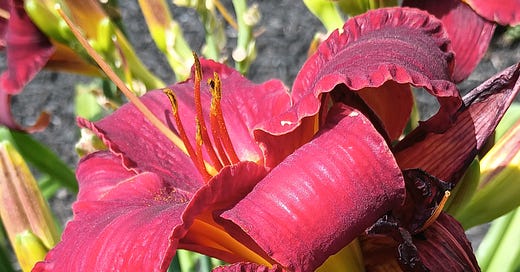



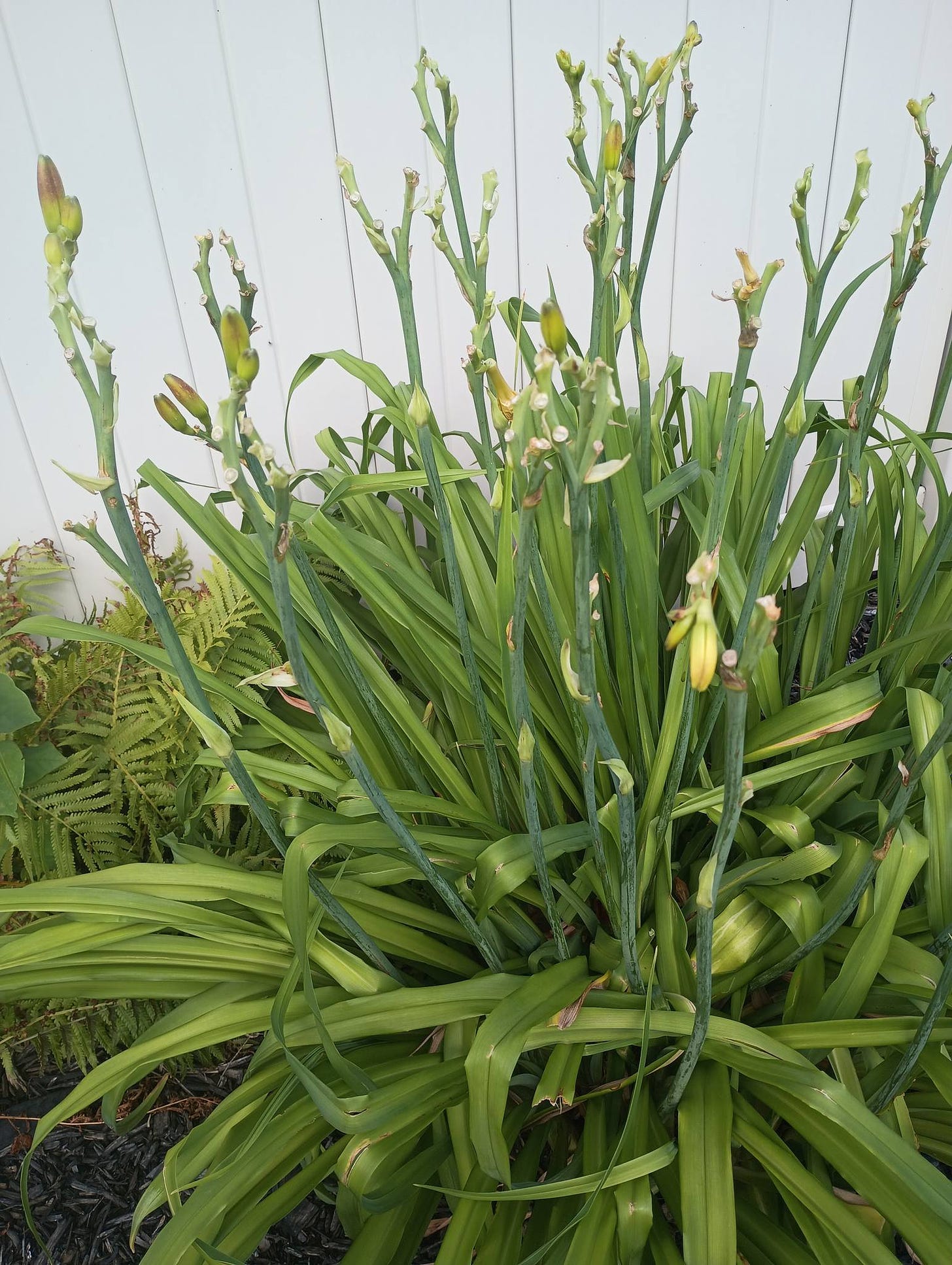
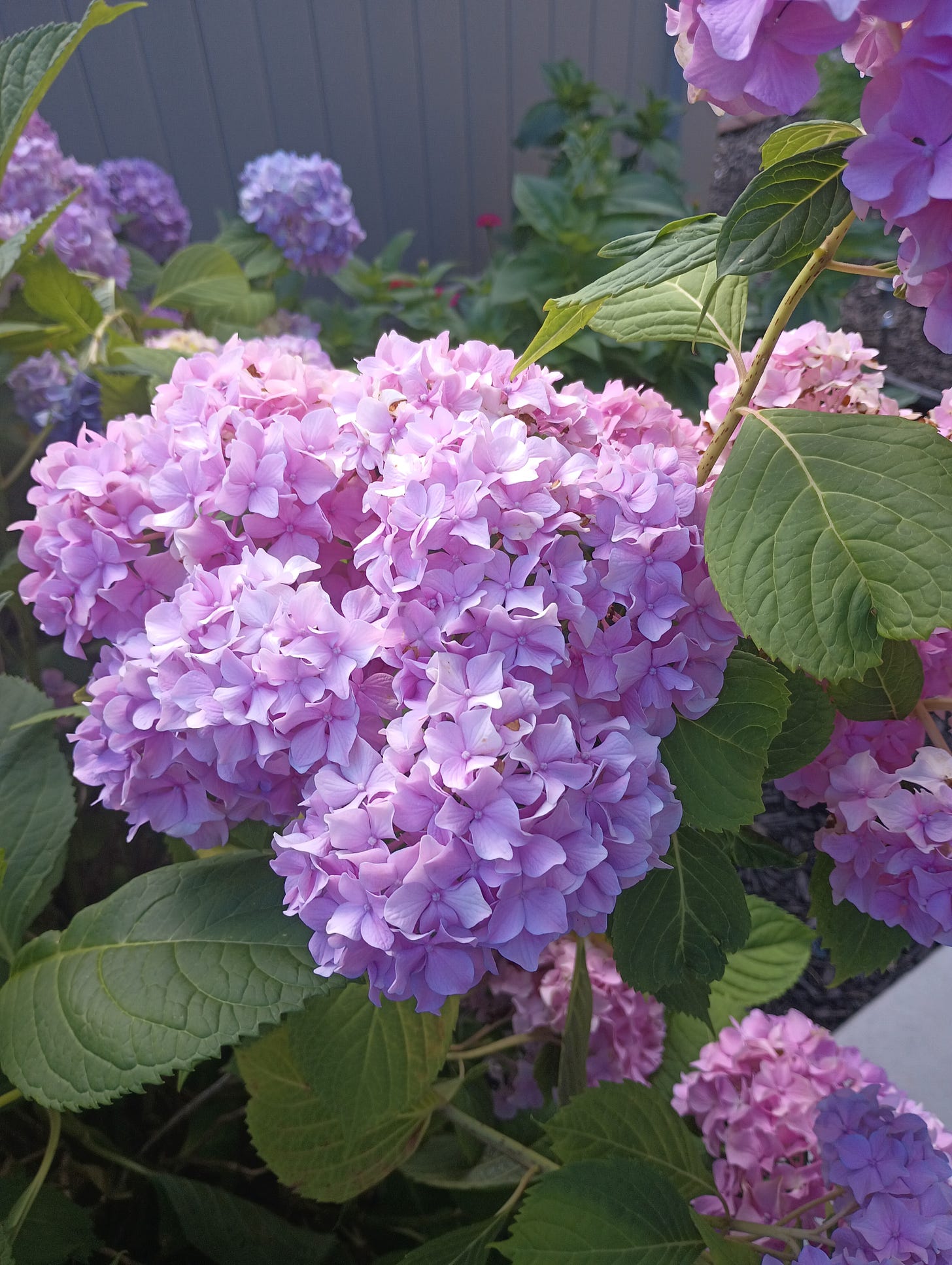

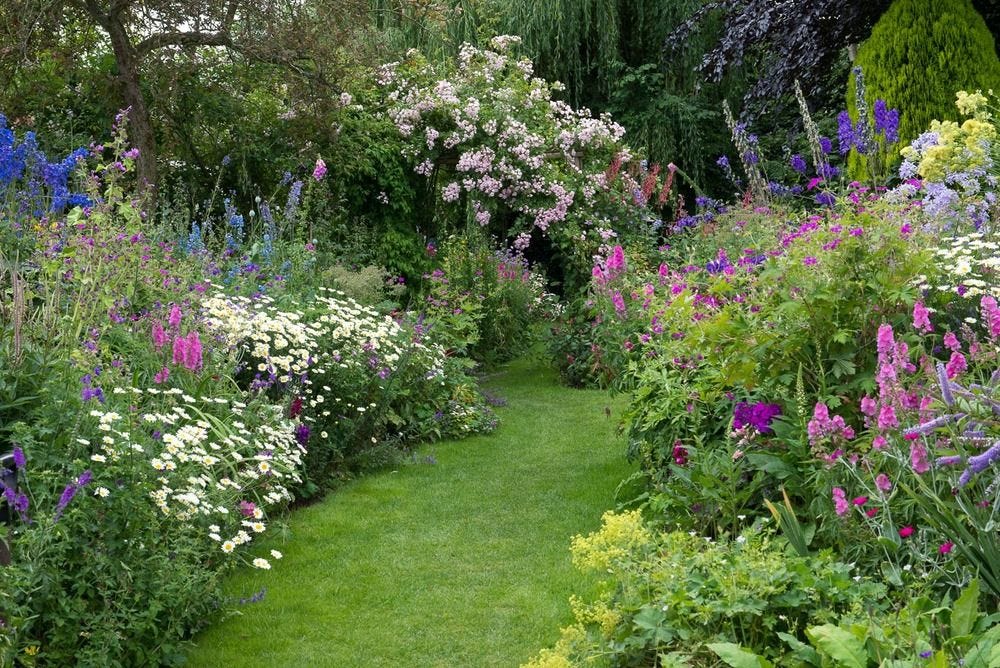
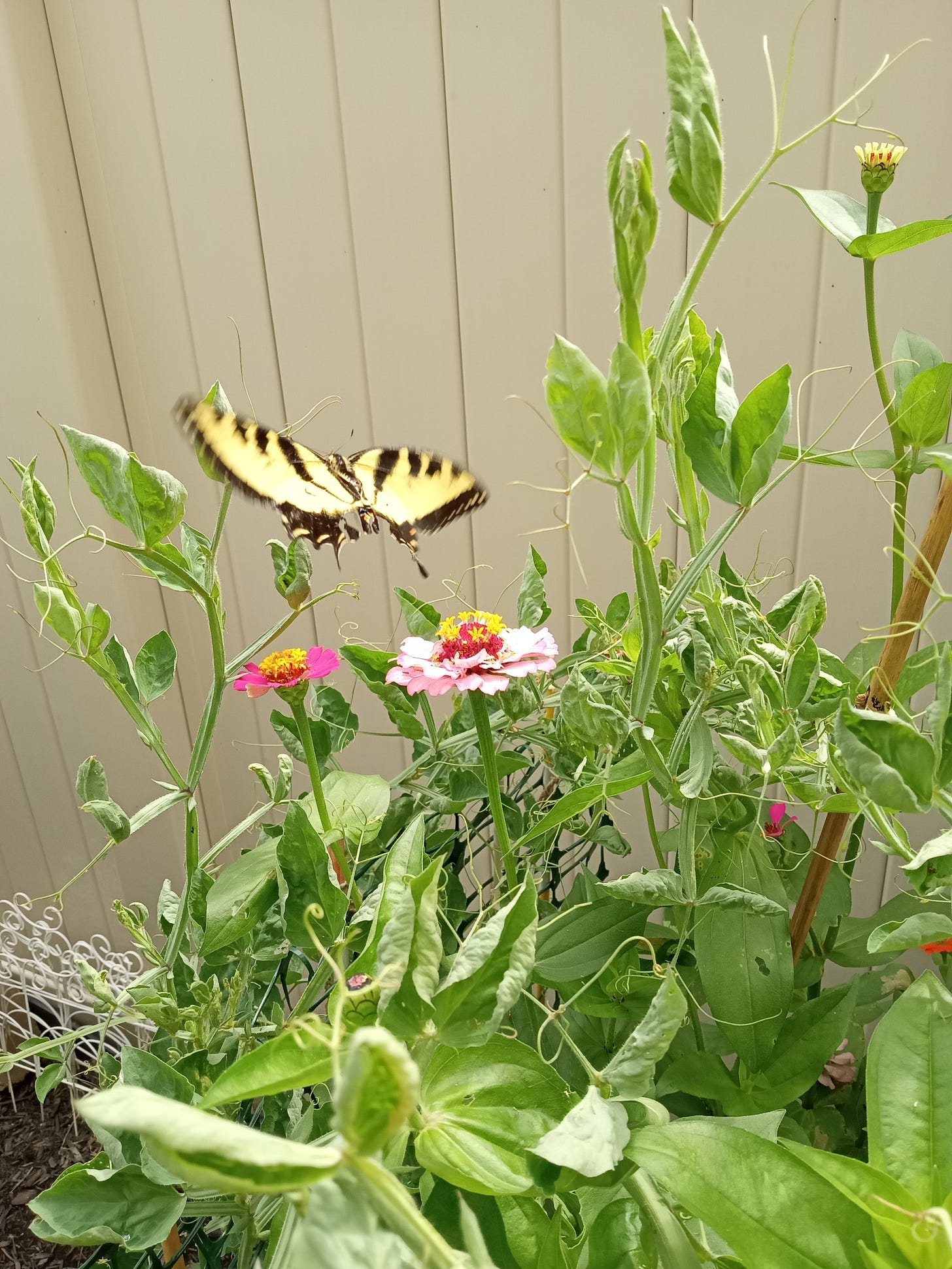

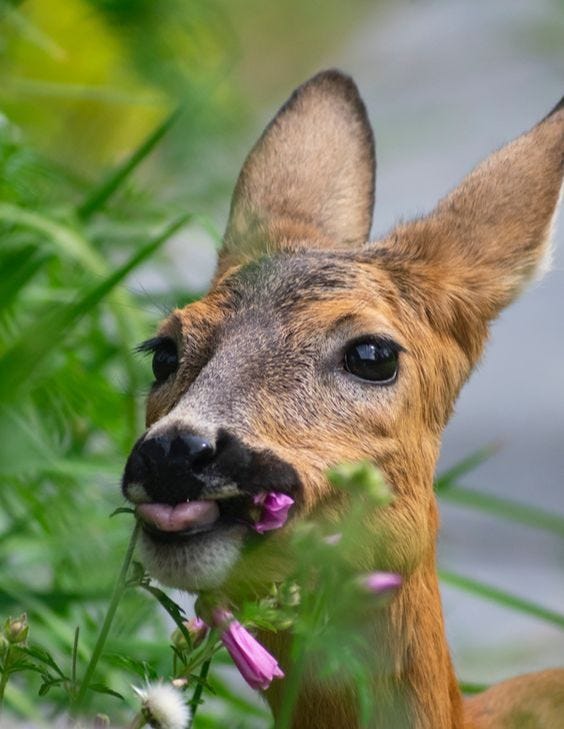
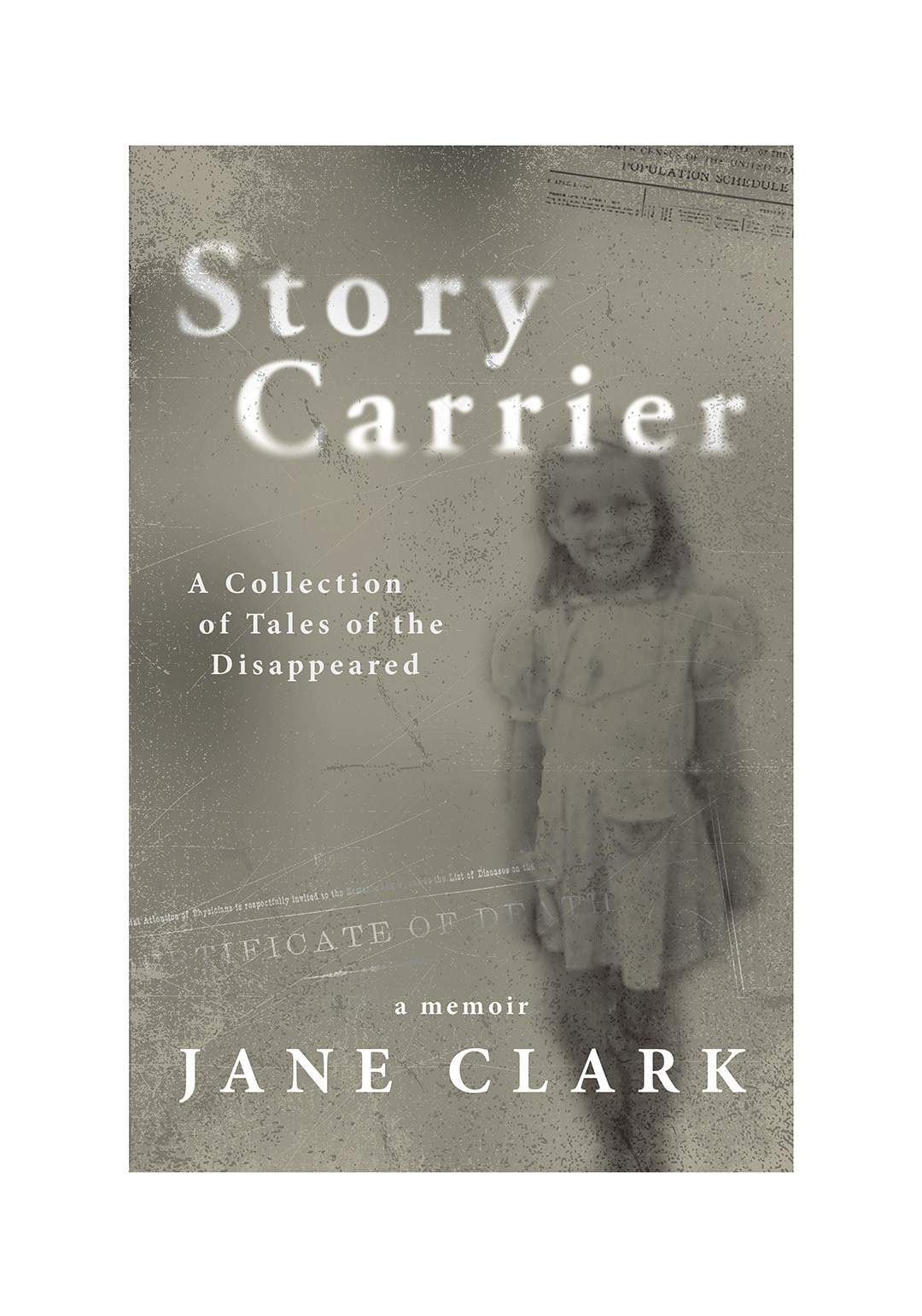
Affirming and uplifting lifelong story! Thank you.
Lovely story! Really enjoyed reading this - it created a balm to my soul imagining all these beautiful flowers you describe. I can see the magical enchanted garden providing a respite in your childhood ♥️